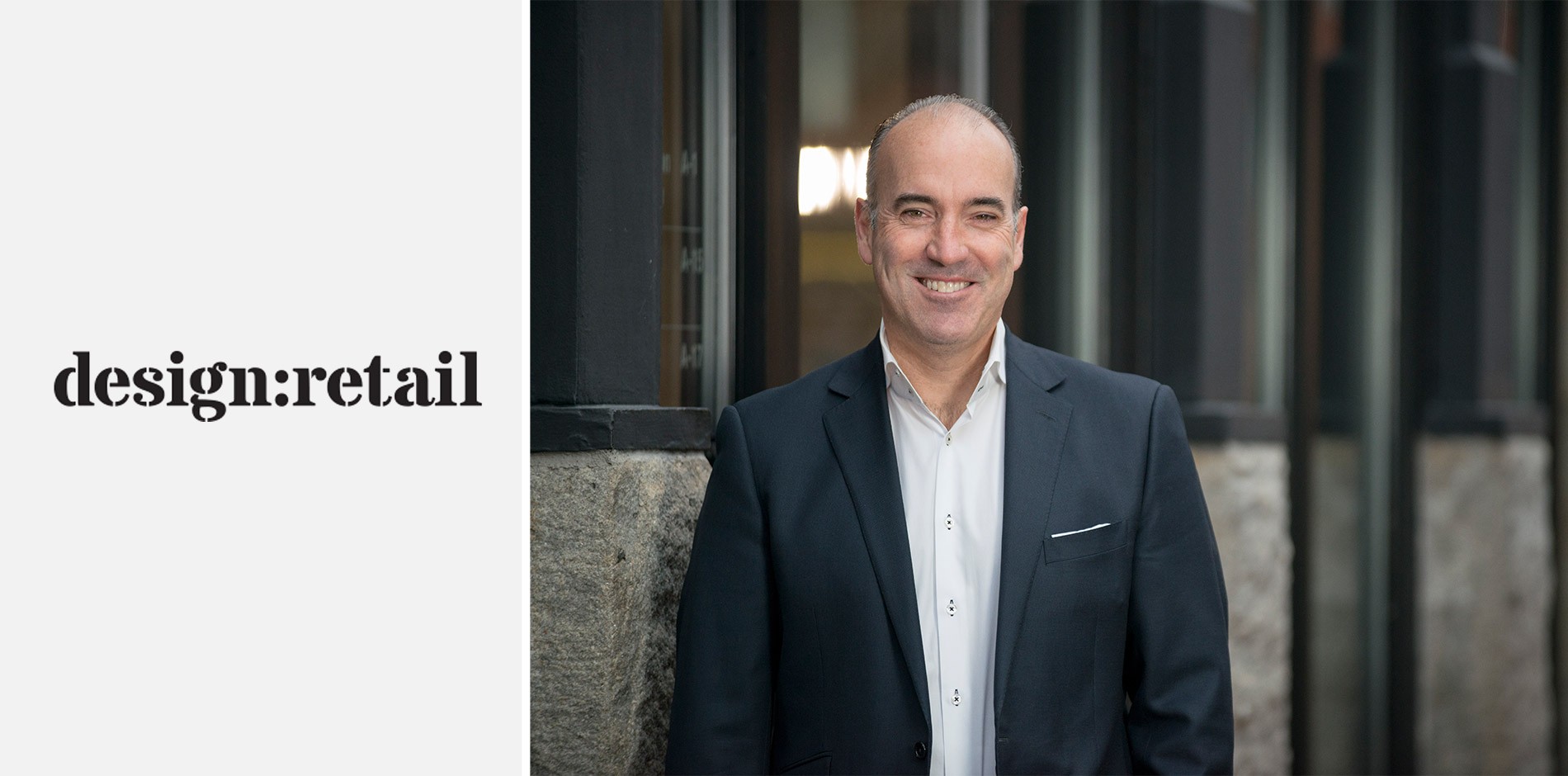Excerpt from design:retail
You can’t have a retail environment without construction. design:retail reached out to Les Hiscoe, CEO of Shawmut Design and Construction, to discuss the complexity of construction in retail design and the importance of working with clients along every step of the process to create the ideal store experience.
design:retail: How much of your business is retail construction?
Hiscoe: Our national retail division accounts for 25 percent of our $1.2 billion in revenue, spanning our Boston, New York, Miami, Las Vegas and Los Angeles offices.
d:r: How is construction itself an important element in retail design?
Hiscoe: Construction quality and craftsmanship are critical components to delivering out clients’ designs. We approach every job with the understanding that quality is not just an end result—it is a mindset that must be prioritized and cultivated at every step of the construction process. It is our responsibility to not only build on the efforts of the design team, but to lend our voice to the process, carefully reviewing the impact of each design decision on systems, placement and finish quality. Building to sixteenths of an inch requires remarkable behind-the-scenes planning, ensuring that every detail is executed flawlessly—from each electrical outlet or piece of ductwork being in the precise location to be perfectly aligned with tiles or millwork, to achieving completely flat and level plaster surfaces. Working for names like Louis Vuitton, Chanel, Tiffany *& Co. and Tom Ford, our standard of craftsmanship needs to be on the same level as theirs.
d:r: Which projects pose the biggest challenge, construction-wise?
Hiscoe: All of our work comes with its own special set of unique challenges, whether it’s installing state-of-the-art interactive technology for audio giant Harman or hand-stitched leather-wrapped handrails for Ermenegildo Zegna. However, accessories and jewelry stores can be particularly challenging because they call for the most luxurious materials, but tend to have a smaller footprint—making execution even more challenging. We recently competed a ground-up building for luxury watchmaker Hublot on Fifth Avenue, the busiest retail corner in the world, constructed between two pre-existing buildings just 19 ft. apart. There was only one small entrance for all materials and tradespeople that we had to work with while ensuring pedestrian safety. It was extremely challenging, but the stunning end result was worth it.
d:r: What are some key details that affect how you approach a new project?
Hiscoe: For us, detailed scheduling and precise sequencing of procurement are critical to the success of a new project. Nailing down these details up front is the best way to ensure project success and one of the first things we tackle. We are able to achieve complete reliability by creating schedules that sequence the work in the fastest, most efficient way possible, taking long lead items into consideration—which are oftentimes custom, exotic materials—and then communicating every last detail to all involved parties to make sure there are no surprises.
